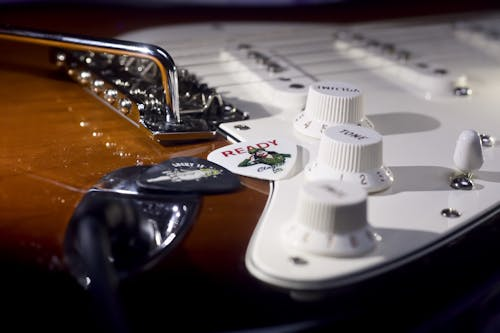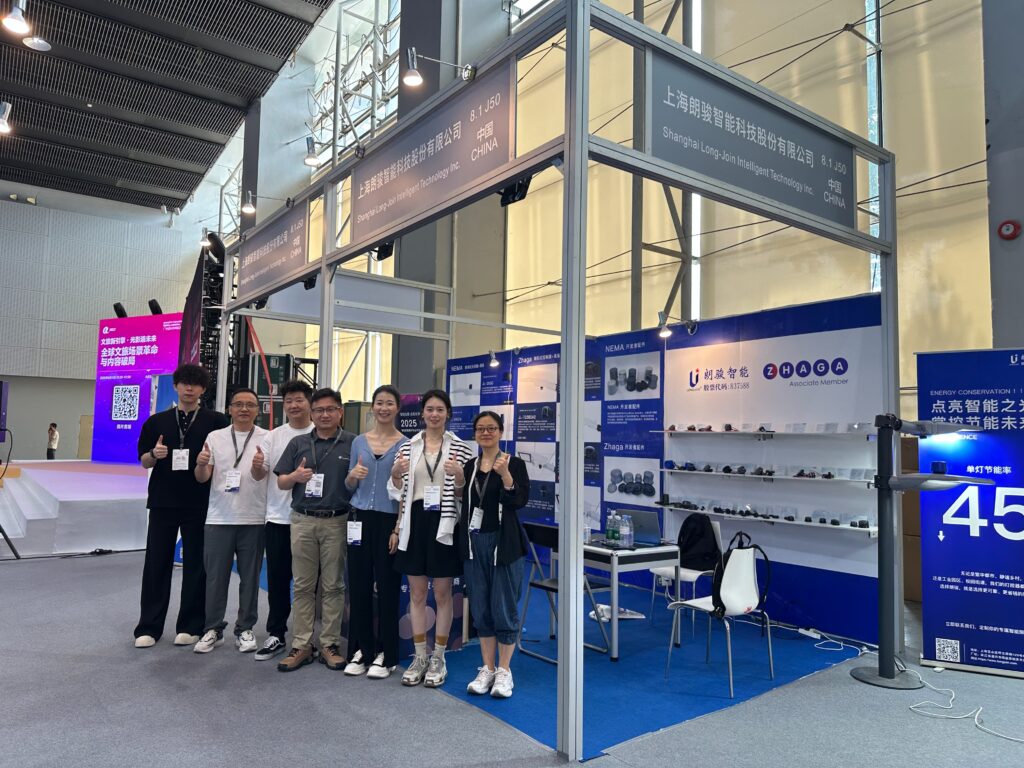Table of Contents
- Delay Response in Light Controllers: Preventing False Triggers and Enhancing Security
- What Is Delay Response in Light Controllers?
- Preventing False Triggers-Ensuring Timely Response
- Conclusion
- References
Meta Description
Discover effective strategies and technical solutions for preventing false triggers in light controllers. Explore insights on sensor optimization, system design considerations, and proactive maintenance practices to enhance the reliability and efficiency of outdoor lighting systems. Learn how to mitigate environmental noise, sensor interference, and human-induced disturbances to create safer, smarter, and more sustainable urban environments.
Main Body
Street lights have a very crucial role to play when it comes to ensuring security and safety of the passer-byes, motorists, and residents. This is especially true when it comes to busy highways and the areas with a high frequency of accidents. Similarly, areas with a high crime rate are also always in need of uninterrupted outdoor lighting. A small fluctuation in lighting can give way to unpleasant incidents by undermining security.
Keeping this immense responsibility in mind, manufacturers like chi-swear.com are always committed to providing such a control system for outdoor lights which is highly efficient and is not prone to frequent triggers. To make this possible, the biggest challenge for manufacturers is to reduce false responses in lighting fixtures caused by various abrupt stimuli. Before delving into how these false triggers can be controlled, let’s understand what is delay response in light controllers.
What Is Delay Response in Light Controllers?
The term delay response or time delay in controllers means the time a controller takes to respond to a triggering stimulus. This stimulus can be started by a change in ambient light, a quick unneeded response by motion sensor, or anything else. The delay in response from the light controller can be a result of several factors. For example, it can be caused by slow signals, increased processing time, or a system malfunction. However, on the other hand, delay response also acts as an effective mechanism against false triggers and is induced intentionally to make sure abrupt stimuli do not cause an unnecessary response.
There are several measures that can be taken to reduce delayed response and to make sure that there aren’t any false triggers. Let us have a look at some of them.
Preventing False Triggers-Ensuring Timely Response

The reliability of any lighting control system is dependent on how it reacts to environmental factors. A perfect lighting control system will be the one neither too sensitive to the stimuli to trigger unwanted responses, nor too insensitive to go unaffected by genuine stimuli. Let us have a look at how the efficiency of these systems can be ensured.
1. Precise Sensitivity Settings
In order to prevent false triggers, there need to be precise sensitivity settings in place. This will help the motion sensors and light sensors to discern the difference between a false stimulus and a genuine environmental change. Setting the sensitivity level to a specific level to a required threshold will reduce confusion for the outdoor photocontrol sensors and there will be fewer incidents of delayed response due to false triggers.
2. Hysteresis Threshold Selection
Setting a hysteresis means configuring a memory setting in the controllers in response to a rapid change in stimuli. This is to make sure that the controllers do not respond unnecessarily unless there is a substantial change in stimuli. Hence, adjusting a hysteresis level will help the light controllers to ignore minor, false triggers. This is a significant step that can be taken towards mitigating false triggers.
3. Introducing Time Delay

Delaying the time between stimulus detection and response time can help eliminate false triggers to a great extent. Time delay is one of the most commonly used strategies to make sure the controllers do not respond to each and every trigger. When there is a short lived, sudden trigger, the precisely set time delay mechanism will help prevent the onset of unwanted response form the light controller.
4. Periodic Configuration

Calibrating your light controllers regularly can help make them more reliable and enhance their performance. Updating the software and maintaining various components of the lighting system will make sure that the environmental factors may not reduce the efficiency and performance of the lighting unit over time. readjusting the calibration of sensors can also help them stay tuned to changing factors.
5. Ensuring Appropriate Placement of Sensors
The placement of sensors has a substantial role to play in eliminating false triggers due to abrupt stimuli. For example, the outdoor photocell sensors should be placed in a way that factors like reflective surfaces, hindrances to ambient light, environmental noise caused by nearby electrical equipment, etc may not hinder the proper functioning of the sensors. Moreover, they should be placed in a position where environmental factors like snow, humidity, pollutants, and rain may not affect the sensors’ performance and reliability.
6. Using Various Sensors for Data collection
Relying on more than one sensor means giving way to an increased input of data. This data, when cross-checked by more than one sensor will be interpreted more effectively. Hence, the chances of a false response based on limited, or abrupt data will be reduced. Using different sensors for data collection ensures a more intelligent system that is not easily triggered by false stimuli. Hence the reliability of the system is enhanced.
Conclusion
Preventing false triggers in light controllers requires a multifaceted approach encompassing sensor optimization, system design considerations, technical solutions, and proactive maintenance practices. By understanding the underlying causes of false activations and implementing preventive strategies tailored to specific environmental conditions and operational requirements, municipalities, facility managers, and infrastructure developers can enhance the reliability, efficiency, and effectiveness of outdoor lighting systems. Through continuous innovation, collaboration, and vigilance, stakeholders can mitigate the impact of false triggers and create safer, smarter, and more sustainable urban environments for communities worldwide.






